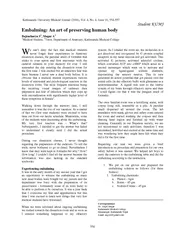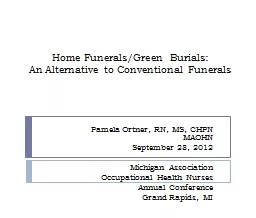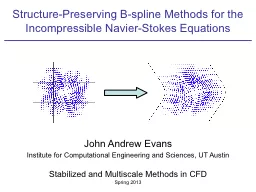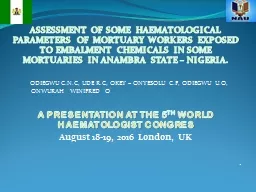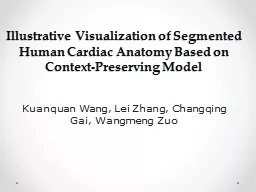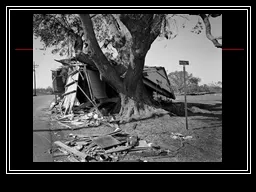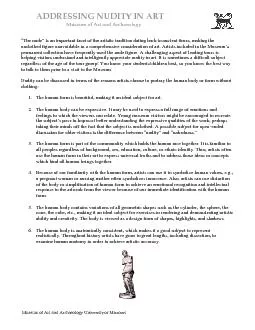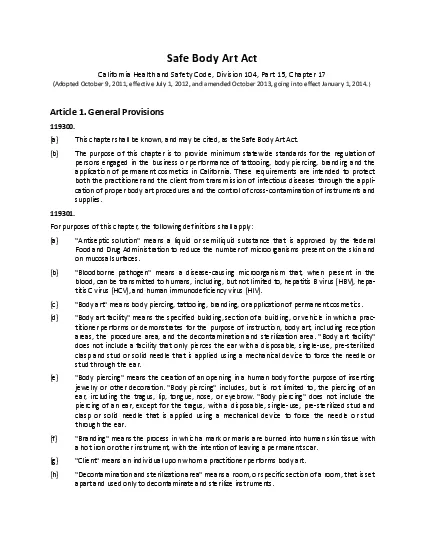PDF-Embalming An art of preserving human body Bajracharya
Author : jane-oiler | Published Date : 2015-06-08
I still remember the day entering the dissection room for the first time I was excited but an unknown fear was there because I never saw a dead body before It is
Presentation Embed Code
Download Presentation
Download Presentation The PPT/PDF document "Embalming An art of preserving human bod..." is the property of its rightful owner. Permission is granted to download and print the materials on this website for personal, non-commercial use only, and to display it on your personal computer provided you do not modify the materials and that you retain all copyright notices contained in the materials. By downloading content from our website, you accept the terms of this agreement.
Embalming An art of preserving human body Bajracharya: Transcript
Download Rules Of Document
"Embalming An art of preserving human body Bajracharya"The content belongs to its owner. You may download and print it for personal use, without modification, and keep all copyright notices. By downloading, you agree to these terms.
Related Documents

